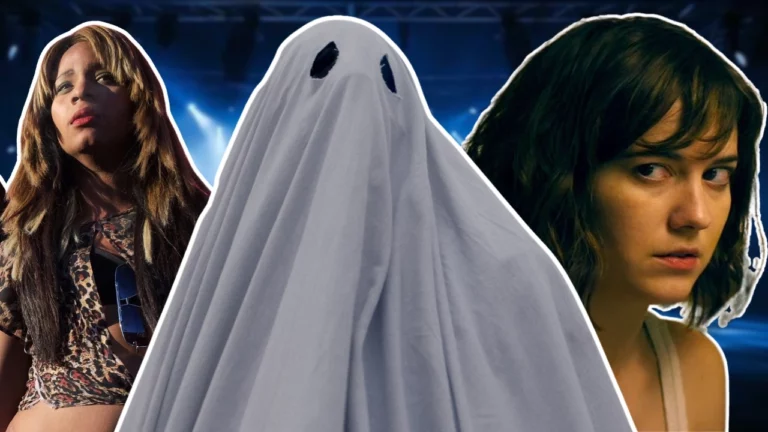Hollywood often dazzles with its grand productions, but some of the most intriguing films are those created under a veil of secrecy. These movies have emerged with little prior notice, captivating audiences with their surprise elements. Here are detailed explorations of the top 9 secretly filmed movies in Hollywood.
1. Cloverfield (2008)
The Plot
“Cloverfield” is a found-footage monster film that begins with a farewell party in New York City, filmed by a group of friends. The celebration takes a horrifying turn when a mysterious and colossal creature attacks the city, causing widespread destruction and panic. The story unfolds through the lens of a hand-held camera, offering an immersive experience that places the audience directly in the middle of the chaos. The film captures the terror and confusion of the characters as they navigate the crumbling city, trying to survive the monstrous onslaught.
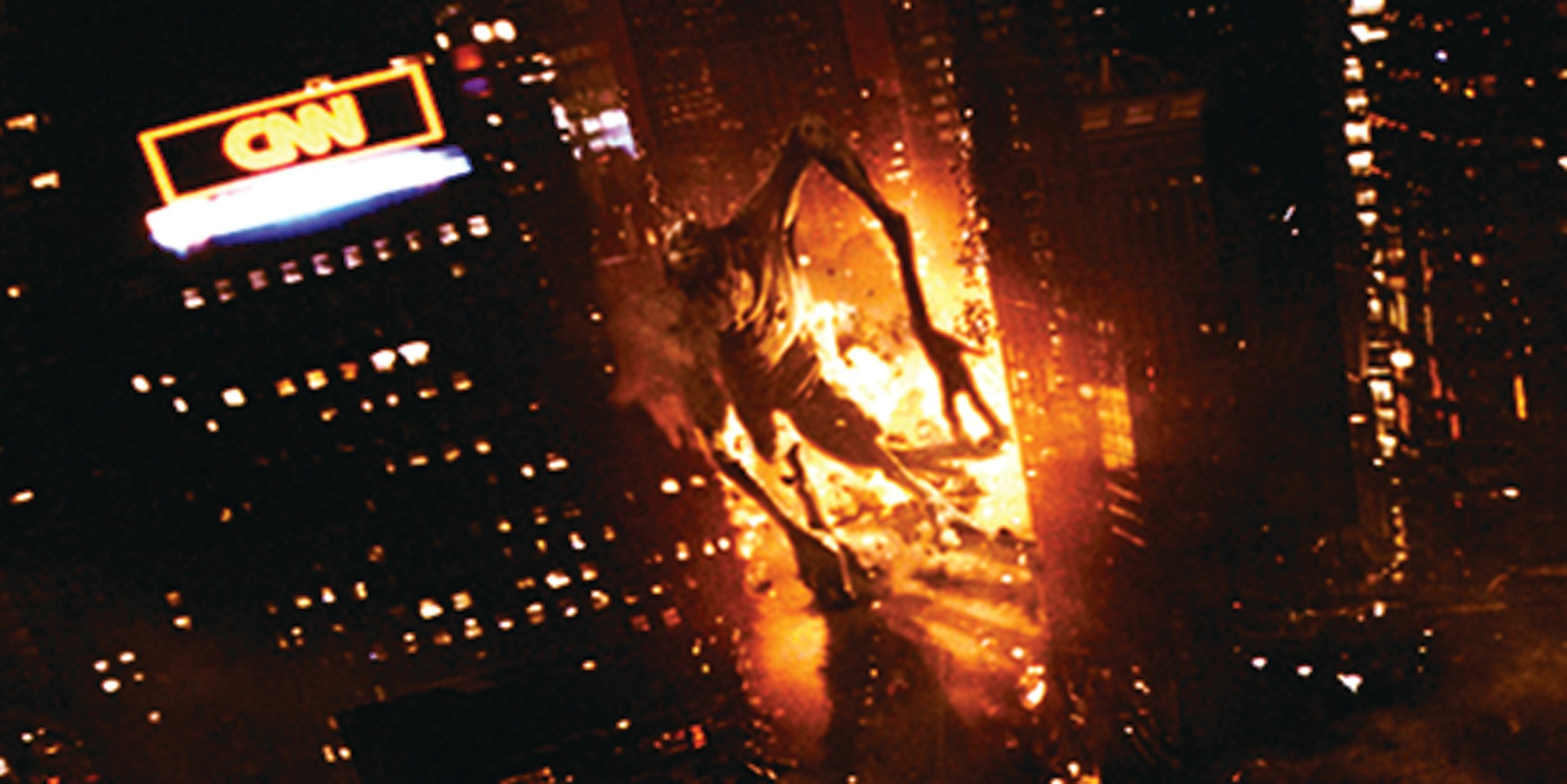
The Secrecy
J.J. Abrams and his team went to extraordinary lengths to keep “Cloverfield” under wraps. The movie was produced under the fake title “Slusho” to avoid drawing attention. The first teaser trailer, released without a title, depicted the decapitated head of the Statue of Liberty crashing into the streets of Manhattan, instantly sparking curiosity and speculation. The marketing campaign cleverly utilized viral tactics, including cryptic websites and hidden messages, to build anticipation without revealing much about the plot or even the film’s name.
The secrecy extended to the cast and crew, who were sworn to confidentiality. Even during filming, measures were taken to prevent leaks, including the use of false information and misleading titles on call sheets and production notes. This level of secrecy was rare for a major Hollywood production and helped maintain an air of mystery around the project.
The Impact
The secrecy surrounding “Cloverfield” created a massive buzz and set a new standard for film marketing. When it premiered, audiences were eager to see what all the mystery was about. The film’s innovative use of found footage, combined with its intense, real-time storytelling, made it a box office success. “Cloverfield” grossed over $170 million worldwide and received positive reviews for its fresh take on the monster movie genre. The film’s success also paved the way for a franchise, with subsequent films adopting a similar approach to secrecy and marketing. The movie’s legacy includes influencing the use of viral marketing and secrecy in other film projects, demonstrating the power of a well-executed surprise.
2. 10 Cloverfield Lane (2016)
The Plot
“10 Cloverfield Lane” is a psychological thriller that begins with Michelle (Mary Elizabeth Winstead) waking up in an underground bunker after a car accident. Her captor, Howard (John Goodman), claims that an apocalyptic event has made the outside world uninhabitable. Michelle is initially skeptical but soon realizes that her only hope of survival may be to trust Howard. The film builds intense suspense as Michelle grapples with her claustrophobic surroundings and the uncertainty of Howard’s intentions. As the story unfolds, Michelle’s attempts to escape reveal more about the true nature of the outside world and the events that led to their confinement.
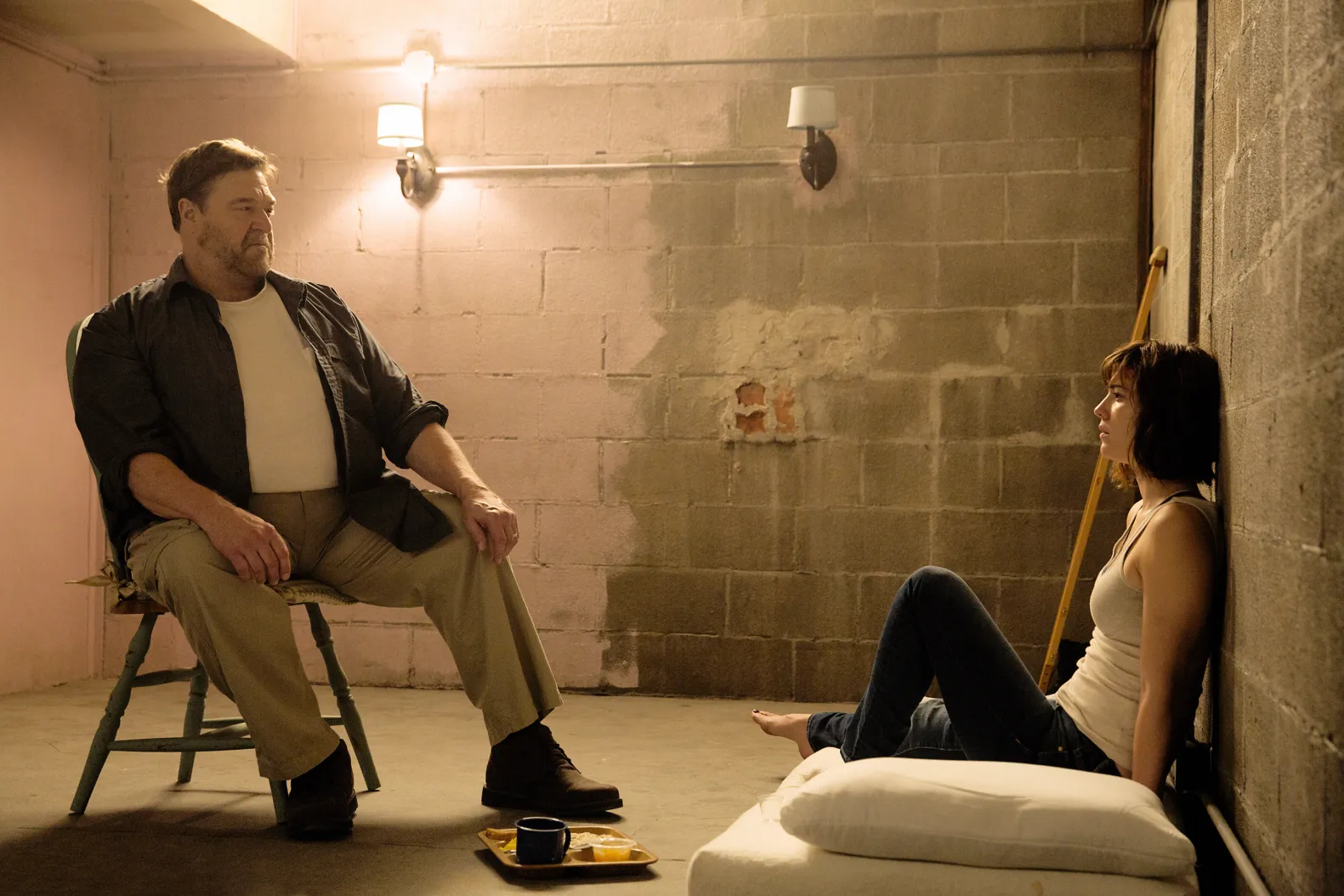
The Secrecy
The production of “10 Cloverfield Lane” was shrouded in secrecy, much like its predecessor. Filmed under the working title “Valencia,” the movie was initially presented as a standalone thriller with no explicit connection to “Cloverfield.” Even the cast and crew were kept in the dark about the film’s true nature. It wasn’t until the first trailer was released, just two months before the movie’s premiere, that audiences learned of its connection to the “Cloverfield” universe. This last-minute reveal generated significant excitement and media coverage.
The secrecy was a strategic move to maintain the element of surprise and to keep fans guessing. This approach also allowed the filmmakers to develop the story without the pressure of audience expectations tied to the “Cloverfield” name. By keeping the project under wraps, they were able to create a unique and suspenseful narrative that stood on its own merits.
The Impact
The unexpected link to “Cloverfield” intrigued fans and critics alike. “10 Cloverfield Lane” was praised for its tight script, strong performances, and ability to maintain suspense throughout. John Goodman’s portrayal of Howard, in particular, was lauded as one of the film’s standout elements. The movie grossed over $110 million worldwide, proving that the element of surprise, when well-executed, can significantly enhance a film’s appeal.
The success of “10 Cloverfield Lane” reinforced the potential of the “Cloverfield” franchise to explore different genres and storytelling techniques while maintaining a shared universe. The film’s innovative approach to secrecy and marketing has influenced other filmmakers, showing that a well-guarded secret can be a powerful tool in creating buzz and anticipation.
3. The Blair Witch Project (1999)
The Plot
“The Blair Witch Project” follows three student filmmakers—Heather, Mike, and Josh—as they venture into the Black Hills Forest in Maryland to investigate the local legend of the Blair Witch. They intend to create a documentary but soon become lost in the woods. As the days pass, eerie occurrences and escalating fear test their sanity. The film is presented as found footage, with the audience witnessing the terrifying events through the characters’ camera. The slow build-up of tension and the characters’ descent into panic create an atmosphere of dread that keeps viewers on edge.
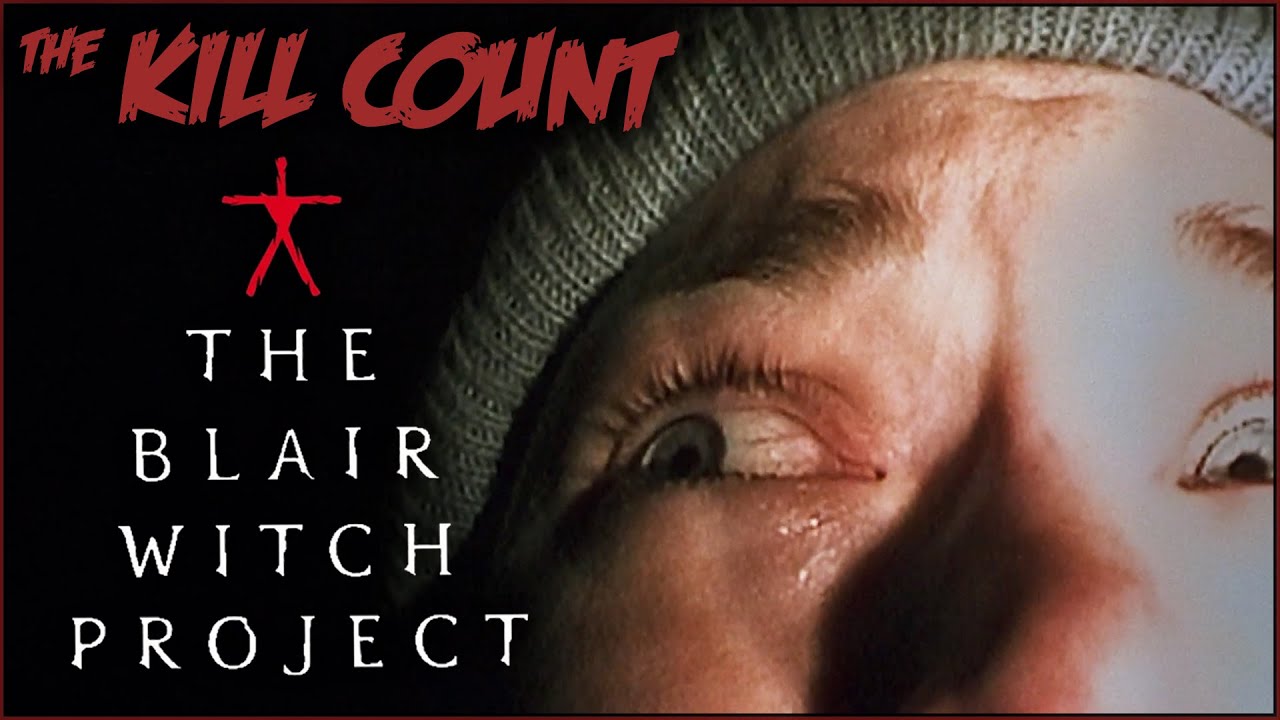
The Secrecy
The filmmakers, Daniel Myrick and Eduardo Sánchez, employed a groundbreaking marketing strategy to keep “The Blair Witch Project” shrouded in mystery. They created an elaborate mythos around the Blair Witch legend, including fake police reports, newsreel-style interviews, and a dedicated website that treated the story as real. The actors were instructed to improvise their lines, enhancing the film’s authenticity. To further blur the lines between fiction and reality, the cast was listed as missing or deceased on IMDb, and their families received sympathy cards from fans who believed the events were real.
The secrecy extended to the film’s production process. The actors were sent into the woods with minimal information and supplies, relying on GPS coordinates to find their way. This approach added to the realism of their performances, as their fear and frustration were genuine. The filmmakers also used a hands-off directing style, allowing the actors to react naturally to the scripted and improvised scares.
The Impact
“The Blair Witch Project” became a cultural phenomenon, captivating audiences with its realism and innovative approach to horror. The film’s marketing campaign generated immense curiosity, leading to packed theaters and record-breaking box office numbers. Produced on a modest budget of $60,000, it grossed nearly $250 million worldwide, making it one of the most profitable independent films ever. “The Blair Witch Project” also pioneered the found footage genre, inspiring numerous imitators and solidifying its place in horror film history. The film’s success demonstrated the power of viral marketing and the appeal of low-budget, high-concept storytelling.
4. Paranormal Activity (2007)
The Plot
“Paranormal Activity” centers on a young couple, Katie and Micah, who move into a new home and begin experiencing disturbing occurrences. To document the strange events, Micah sets up a camera in their bedroom. As the nights progress, the footage reveals increasingly terrifying phenomena, indicating that a malevolent entity is haunting them. The tension builds as the couple’s relationship strains under the weight of the paranormal activity, leading to a shocking and memorable climax.
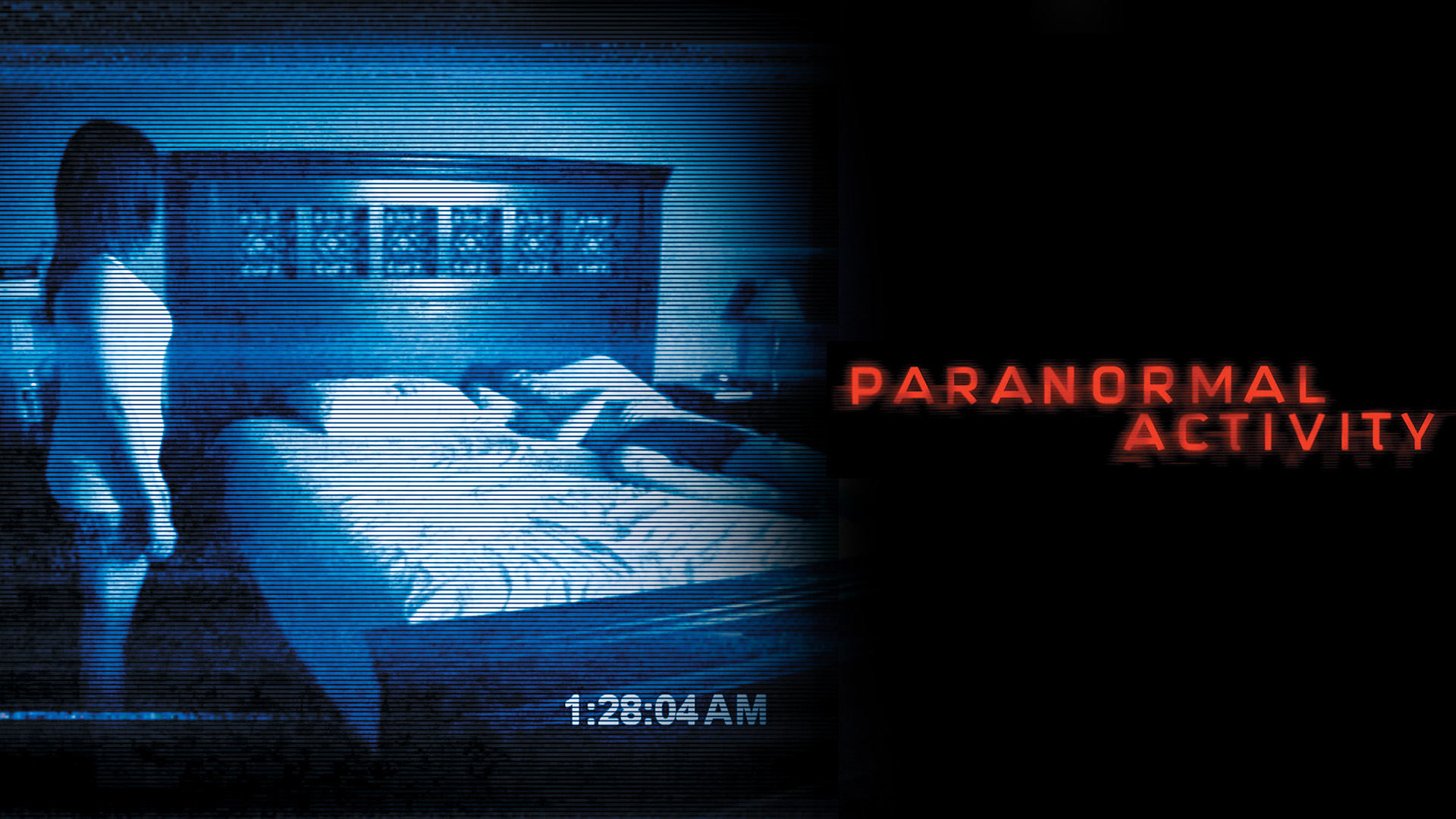
The Secrecy
Director Oren Peli shot “Paranormal Activity” over the course of a week in his own home with a budget of just $15,000. The film’s documentary-style presentation and minimalist production made it easy to keep the project under the radar. Peli cast unknown actors and encouraged them to improvise their dialogue, adding to the film’s realism. The secrecy extended into the film’s initial screenings, where audience reactions were used to fine-tune the scares and pacing before a wider release.
The film’s low-budget production allowed for a level of creative freedom and experimentation that would have been difficult with a larger studio project. Peli’s use of naturalistic lighting and sound design added to the film’s authenticity, creating an atmosphere of creeping dread that resonated with audiences.
The Impact
“Paranormal Activity” became a sleeper hit after being picked up by Paramount Pictures. The film’s grassroots marketing campaign, including a “Demand It” feature that allowed fans to request screenings in their cities, created a groundswell of support. The movie’s low-budget authenticity resonated with audiences, and it went on to gross over $193 million worldwide. “Paranormal Activity” not only revitalized the found footage genre but also demonstrated the power of viral marketing and audience engagement in modern filmmaking. The film’s success led to a franchise, with multiple sequels and spin-offs continuing the story of paranormal hauntings.
5. Escape from Tomorrow (2013)
The Plot
“Escape from Tomorrow” is a surreal horror film that follows Jim, a recently unemployed father, as he takes his family on a trip to Disney World. As the day progresses, Jim’s experiences become increasingly bizarre and nightmarish. He encounters sinister park employees, strange visions, and eerie doubles of his children. The film explores themes of corporate control, the facade of happiness, and the psychological toll of unemployment. The blending of the familiar, family-friendly environment of Disney World with disturbing and surreal imagery creates a unique and unsettling experience.
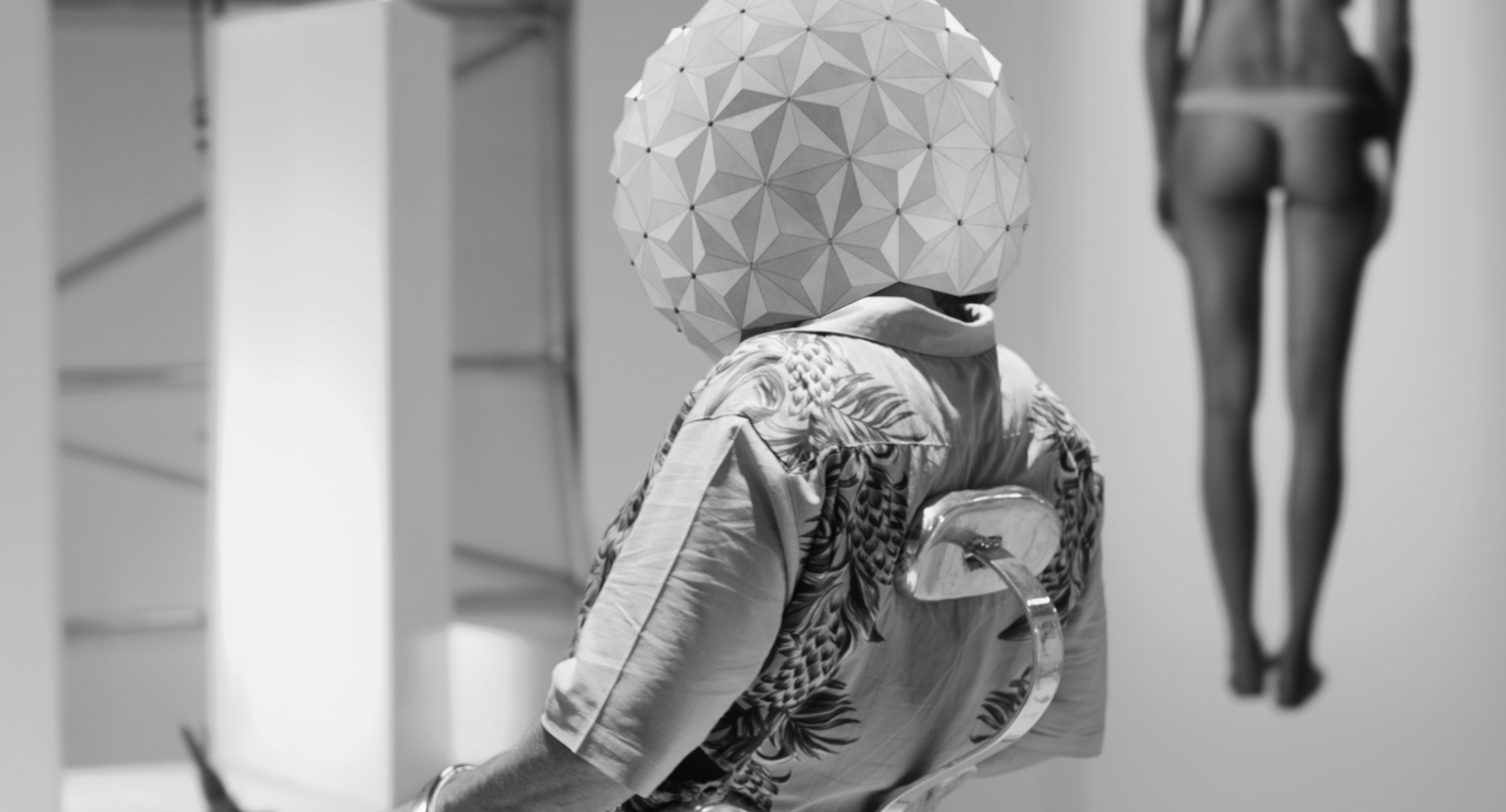
The Secrecy
Director Randy Moore took an unprecedented approach to filming “Escape from Tomorrow” by shooting it guerrilla-style in Disney World and Disneyland without obtaining permission. The cast and crew used small, consumer-grade cameras and recorded audio on smartphones to blend in with tourists and avoid detection by park security. The script was kept on phones and devices rather than printed out, and the actors often had to perform scenes quickly and inconspicuously.
This method of filmmaking posed numerous challenges, including the constant threat of being caught and ejected from the parks. The crew had to be inventive and adaptable, finding ways to shoot complex scenes in crowded environments without drawing attention. The clandestine nature of the production added an additional layer of tension and excitement to the filmmaking process.
The Impact
The film’s controversial production method generated significant media attention, making headlines for its daring and unconventional approach. While many speculated that Disney would take legal action to prevent the film’s release, the company chose to remain silent, possibly to avoid drawing more attention to the project. “Escape from Tomorrow” premiered at the Sundance Film Festival, where it received mixed reviews. Despite the polarized reception, the film has gained a cult following for its audacious concept and the unique challenges faced during its production. The movie’s success has inspired other filmmakers to explore unconventional methods of production and distribution.
6. A Ghost Story (2017)
The Plot
“A Ghost Story” is a contemplative drama that follows a recently deceased man, identified only as C (Casey Affleck), who returns as a ghost, draped in a white sheet with cut-out eye holes. He silently observes his grieving wife, M (Rooney Mara), and experiences the passage of time in their home. As decades pass, C witnesses new occupants, the evolution of the neighborhood, and even glimpses into the distant future, all while remaining tethered to the place where he once lived. The film explores themes of love, loss, memory, and the inexorable march of time.
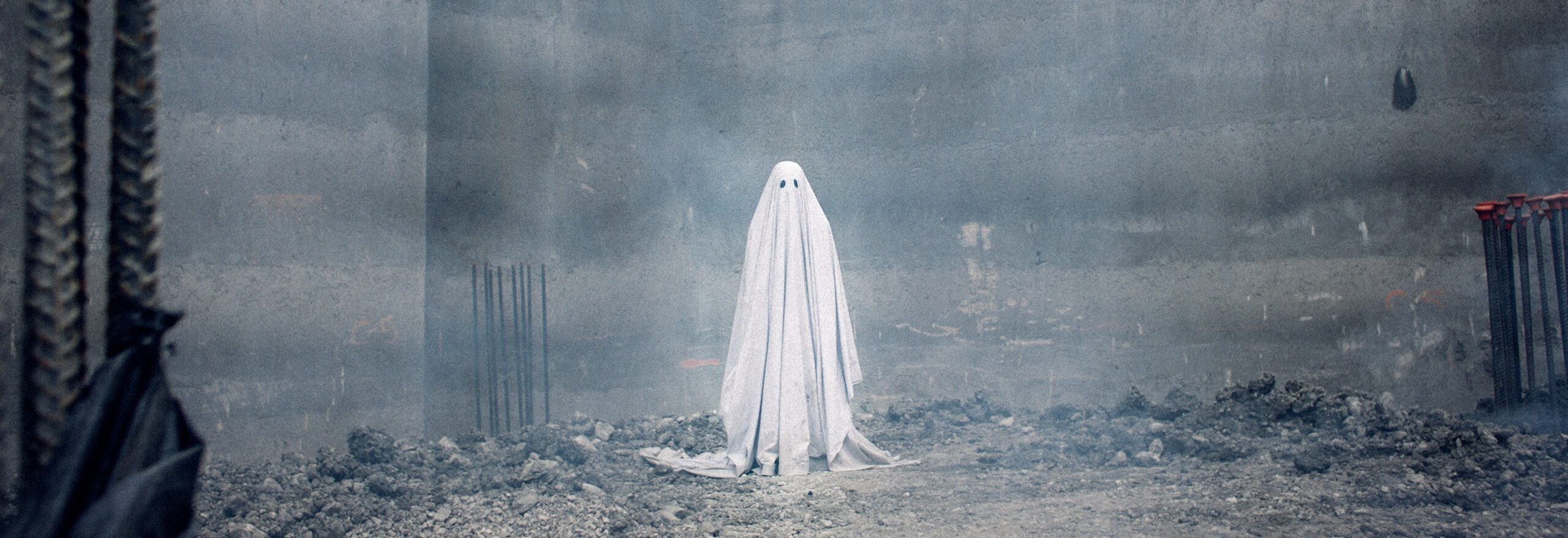
The Secrecy
Director David Lowery and his team kept the production of “A Ghost Story” relatively low-key. The film was shot quickly and quietly in Dallas, Texas, with a minimalist crew and budget. The simple, intimate nature of the story allowed for a discreet filming process. The secrecy was further aided by the film’s unique concept, which did not require large sets or extensive special effects. The production’s understated approach mirrored the film’s thematic focus on time, loss, and memory.
The film’s minimalist production style also contributed to its haunting atmosphere. The use of long takes, natural lighting, and a subdued color palette created a sense of stillness and introspection that complemented the story’s meditative themes. This approach allowed the filmmakers to focus on the emotional core of the story, creating a deeply moving and thought-provoking experience.
The Impact
“A Ghost Story” was met with critical acclaim for its innovative storytelling and emotional resonance. The film’s use of a silent, sheet-clad ghost as the central character provided a fresh and poignant perspective on themes of mortality and the passage of time. Critics praised the film’s meditative pace and powerful imagery, which left a lasting impression on audiences. “A Ghost Story” demonstrated that profound and thought-provoking cinema could be achieved on a modest budget, further cementing David Lowery’s reputation as a visionary filmmaker. The film’s success has encouraged other filmmakers to explore minimalist storytelling and unconventional narratives.
7. Blue Valentine (2010)
The Plot
“Blue Valentine” is a raw and intimate portrayal of a couple’s relationship, juxtaposing their early romance with the disintegration of their marriage. Dean (Ryan Gosling) and Cindy (Michelle Williams) navigate the complexities of love, commitment, and personal growth. The film shifts between their joyous past, filled with youthful passion and optimism, and their troubled present, marked by resentment and unmet expectations. The nonlinear narrative highlights the stark contrast between the couple’s happiest moments and their painful decline. The film’s honest depiction of the ups and downs of a relationship resonates deeply with audiences.
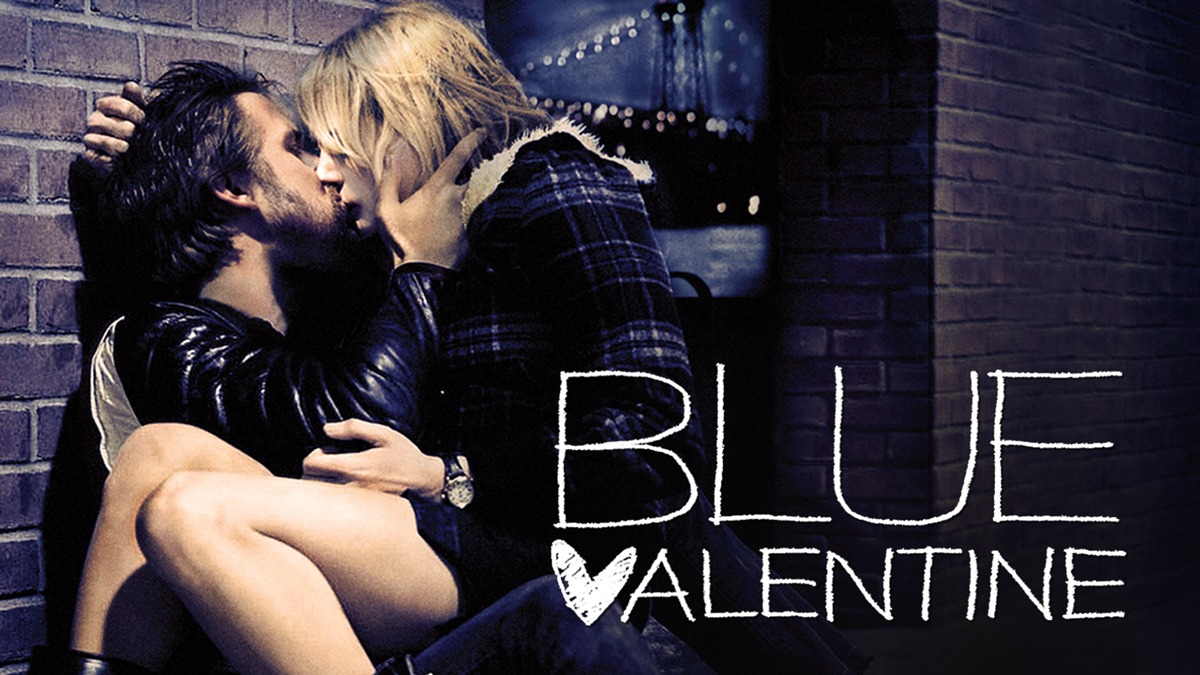
The Secrecy
Director Derek Cianfrance spent 12 years developing “Blue Valentine,” determined to capture authentic performances and a genuine depiction of a relationship’s evolution. To achieve this, Cianfrance employed unconventional methods, such as having Gosling and Williams live together in a rented house and improvise scenes. This immersive approach allowed the actors to build a believable dynamic and fostered a sense of realism. The film was shot in a documentary style, with handheld cameras and natural lighting, further enhancing its authenticity.
The lengthy development process allowed Cianfrance to refine the script and build a deep understanding of the characters and their motivations. The film’s production was kept relatively low-key, with a small crew and a focus on creating a naturalistic environment for the actors. This approach enabled the filmmakers to capture genuine, unguarded moments that conveyed the raw emotions of the story.
The Impact
“Blue Valentine” received critical acclaim for its unflinching portrayal of love and heartbreak. The film’s authenticity and the powerful performances of Gosling and Williams were widely praised, earning both actors several award nominations. The film’s raw, honest depiction of a deteriorating relationship resonated deeply with audiences, making it a poignant and influential drama. “Blue Valentine” has since been recognized as a landmark in contemporary independent cinema, showcasing the potential of character-driven storytelling. The film’s success has inspired other filmmakers to pursue deeply personal and emotionally honest narratives.
8. Tangerine (2015)
The Plot
“Tangerine” follows transgender sex worker Sin-Dee Rella (Kitana Kiki Rodriguez) on a quest to confront her boyfriend and pimp, Chester, who has been cheating on her with a cisgender woman. The film is set on Christmas Eve in Los Angeles and captures the vibrant, chaotic life of its protagonist and her best friend, Alexandra (Mya Taylor). As they navigate the city’s streets, the film explores themes of friendship, loyalty, and survival within marginalized communities. The story’s energy and authenticity are heightened by its fast-paced, documentary-style presentation.
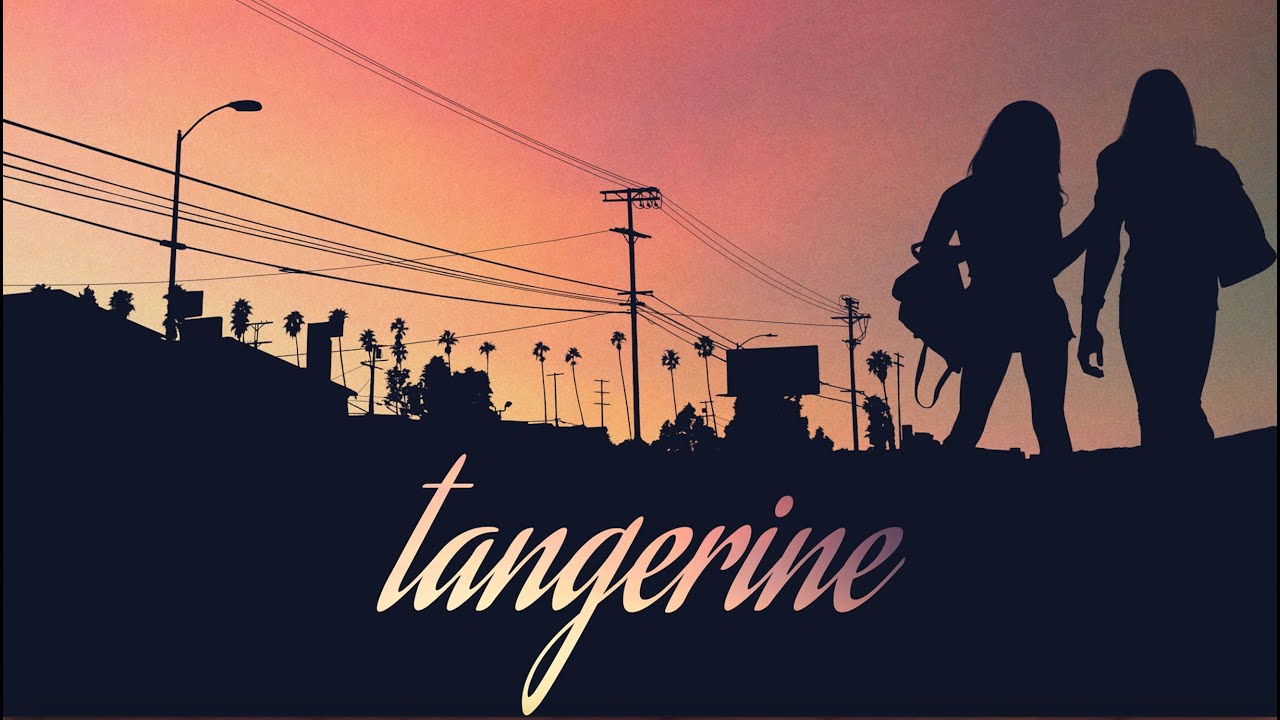
The Secrecy
Director Sean Baker shot “Tangerine” using iPhones, a decision that allowed for a low-profile, guerrilla-style production. This approach enabled the crew to film on location in the bustling streets of Los Angeles without drawing attention. The use of iPhones also provided a unique visual aesthetic, capturing the city’s raw, unfiltered energy. Baker and his team kept the production discreet, blending in with the urban environment and relying on natural lighting and real locations to enhance the film’s authenticity.
The decision to shoot on iPhones was both a creative and practical choice. It allowed the filmmakers to move quickly and flexibly, capturing spontaneous moments and interactions that added to the film’s realism. The use of mobile technology also helped the film stand out in a crowded independent film market, generating interest and discussion around its innovative production methods.
The Impact
“Tangerine” premiered at the Sundance Film Festival, where it received widespread acclaim for its groundbreaking use of technology and its vibrant portrayal of transgender characters. The film was celebrated for its raw, unapologetic depiction of life on the margins, and for providing a platform for transgender actors. “Tangerine” grossed over $900,000 worldwide, a significant achievement for an independent film. Its success highlighted the potential of low-budget, innovative filmmaking and opened doors for more diverse storytelling in Hollywood. The film’s impact extends beyond its technical achievements, as it has also played a role in increasing visibility and representation for transgender individuals in the film industry.
9. The Vast of Night (2019)
The Plot
Set in 1950s New Mexico, “The Vast of Night” follows a young switchboard operator, Fay (Sierra McCormick), and a radio DJ, Everett (Jake Horowitz), as they investigate a mysterious audio frequency that could be extraterrestrial in origin. The film is presented in real-time, with the duo racing against the clock to uncover the truth behind the strange signal. The story unfolds through long takes and inventive cinematography, creating a sense of immediacy and suspense. The film’s retro aesthetic and period-accurate details immerse viewers in the small-town setting and the unfolding mystery.
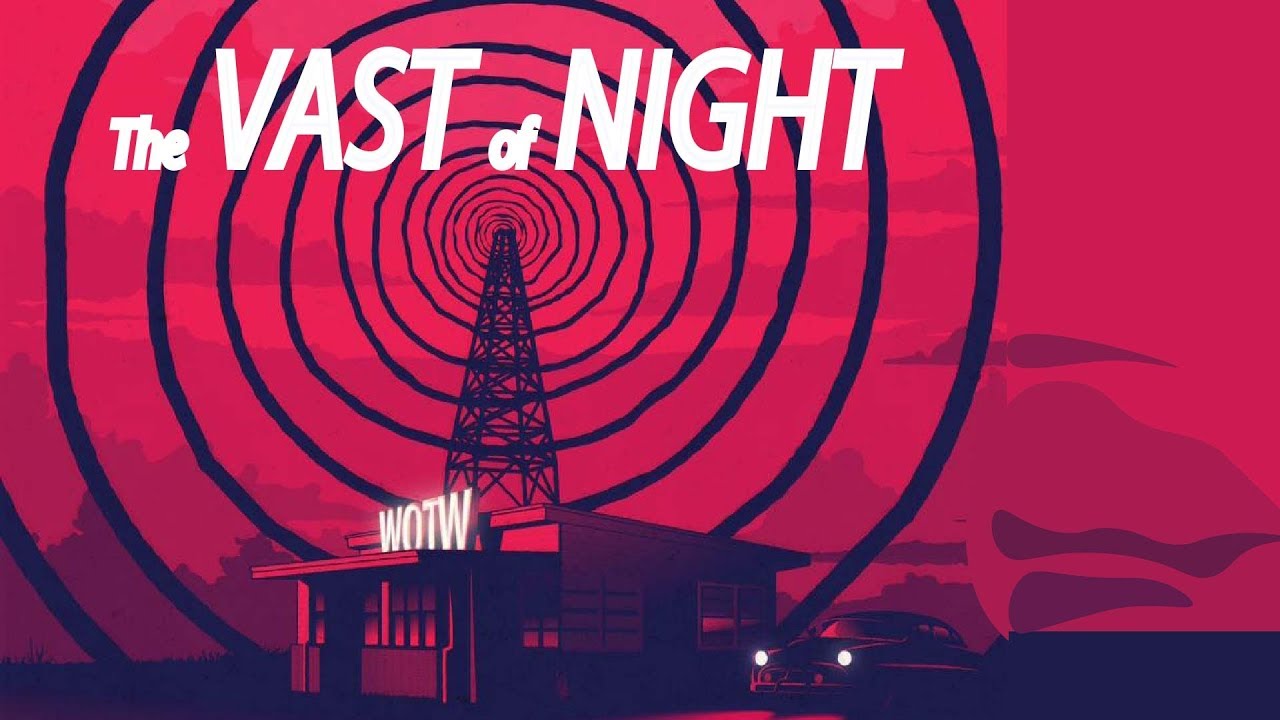
The Secrecy
Director Andrew Patterson quietly filmed “The Vast of Night” in the small town of Whitney, Texas. The low-budget production allowed the team to maintain a low profile, with a small cast and crew working efficiently to bring the script to life. The film’s retro aesthetic and unique storytelling approach helped keep the project under the radar. Patterson’s dedication to creating an immersive, atmospheric experience was evident in every aspect of the production.
The film’s production process was characterized by a focus on creativity and resourcefulness. The filmmakers used practical effects and innovative camera techniques to create a sense of wonder and suspense on a limited budget. The secrecy surrounding the project allowed the team to experiment and take risks without the pressure of outside expectations.
The Impact
Premiering at the Slamdance Film Festival, “The Vast of Night” received widespread acclaim for its inventive direction and engaging narrative. The film’s blend of science fiction and nostalgic charm captivated audiences and critics alike. It was later acquired by Amazon Prime, reaching a global audience and earning a loyal fanbase. “The Vast of Night” demonstrated that compelling, original storytelling could thrive in the indie film landscape, cementing Andrew Patterson’s status as a promising new voice in cinema. The film’s success has encouraged other independent filmmakers to pursue ambitious projects, even with limited resources.
